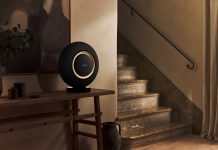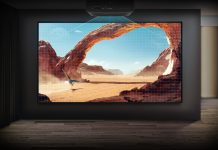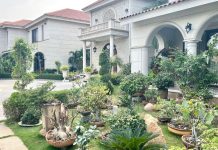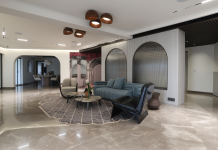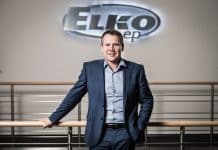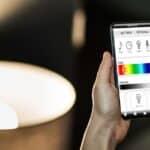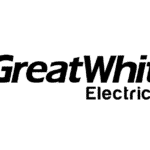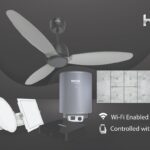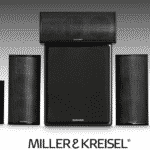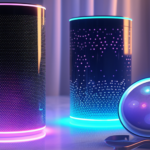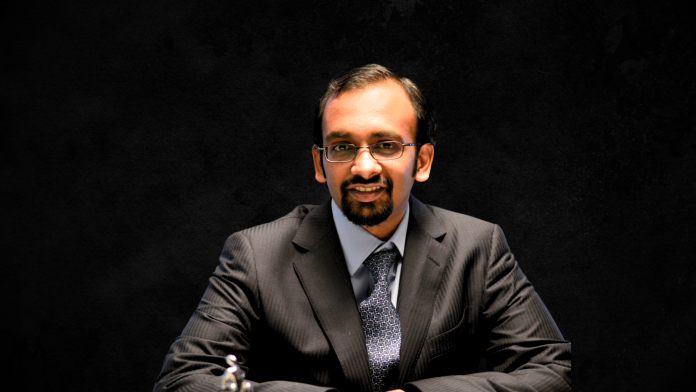
Siddharth Vasudevan Moorthy, Managing Director, Vascon Engineers Ltd., shares his perspective on how building automation has evolved from a luxury to a necessity in real estate. He shares how building automation enhances security through features like smart locks, video surveillance, and remote monitoring. Siddharth also emphasizes the role of personalization, allowing homeowners and businesses to customize their environments with ease. He believes these innovations will play an integral role in creating smarter, more sustainable, and secure living and working space
With your extensive experience in the real estate industry, how have you seen the role of building automation evolve over the years?
The role of building automation has evolved significantly over the years, shifting from a niche luxury to a mainstream necessity in real estate. Initially, it was seen as an add-on feature, limited to high-end properties, offering basic conveniences like centralised air conditioning or remote-controlled lighting. Today, it has become a cornerstone of modern living, driven by advancements in technology and changing consumer expectations.
One of the most notable shifts is the focus on sustainability and energy efficiency. Automated systems now optimize energy use in real-time, adjusting lighting and HVAC based on occupancy or natural light, reducing consumption, operational costs, and carbon footprints. Security has become another key aspect, with smart locks, video doorbells, and app-based visitor management enhancing safety and providing homeowners with control, even remotely.
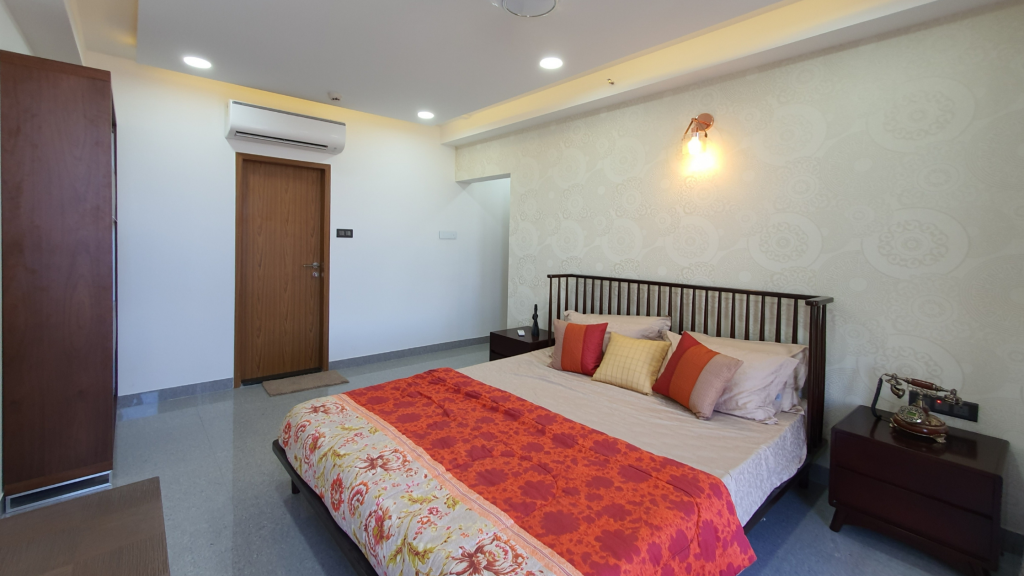
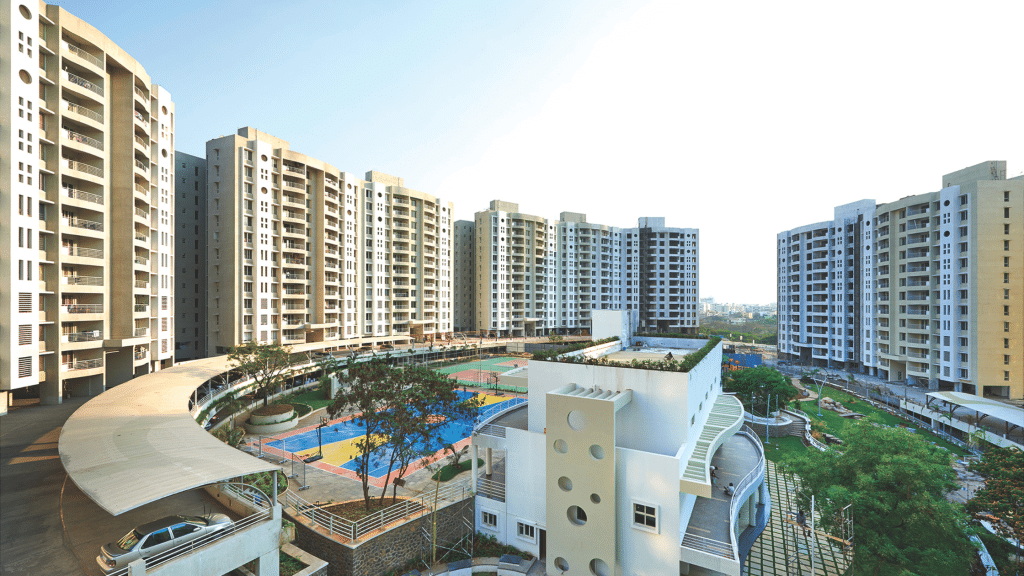
Additionally, the rise of personalized living experiences allows homeowners to adjust lighting, temperature, and entertainment through apps or voice commands, offering convenience and customization. Building automation has shifted from a luxury to an essential feature in real estate, redefining property marketing and user experiences. As technology advances, its role in enhancing convenience, security, and sustainability will continue to shape the future of modern living spaces.
What key factors are driving the increasing demand for Automation and Smart technology in commercial properties today?
The increasing demand for automation and smart technology in commercial properties is driven by the need for efficiency, sustainability, and adaptability to modern business needs.
Technological advancements like Artificial Intelligence (AI), Internet of Things (IoT), and robotics enable real-time monitoring and automation of building operations, improving energy management, security, and maintenance. These systems streamline processes and reduce reliance on manual intervention.
Sustainability has become a top priority, with smart technologies supporting energy efficiency through automated lighting, HVAC systems, and resource optimization. These solutions not only lower operational costs but also help businesses achieve green building certifications and meet environmental goals.
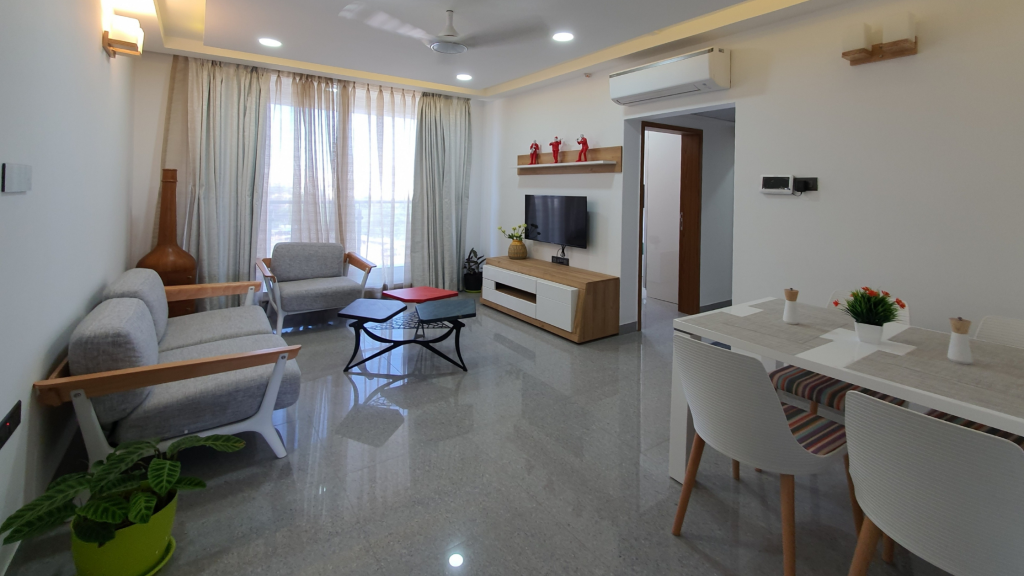

Cost savings are another key factor, with predictive maintenance reducing downtime and repair expenses. Automated systems enhance operational efficiency, making properties more attractive to occupiers. Security and safety have also improved, with features like access control, surveillance systems, and emergency alerts ensuring a safer environment for employees and assets.
How do you incorporate smart lighting and control systems into your projects? What benefits have you observed? Can you share the names of brands you have used in your projects?
We first incorporated smart lighting and control systems into our projects way back in 2010 to enhance residents’ living experiences. Now it’s a way of living and many features are given in most of our projects.
In our project Vascon Windermere, we integrated smart lighting solutions from Honeywell back in 2010 to meet modern consumer demands. These systems feature automated dimming, motion sensing, and customizable settings that adjust lighting based on occupancy or time of day, remote-operated curtains, etc. This not only improves energy efficiency but also provides residents with personalized control through remote devices. We have also used Home Automation brands like Toyomo and Honeywell and Switches from Schneider
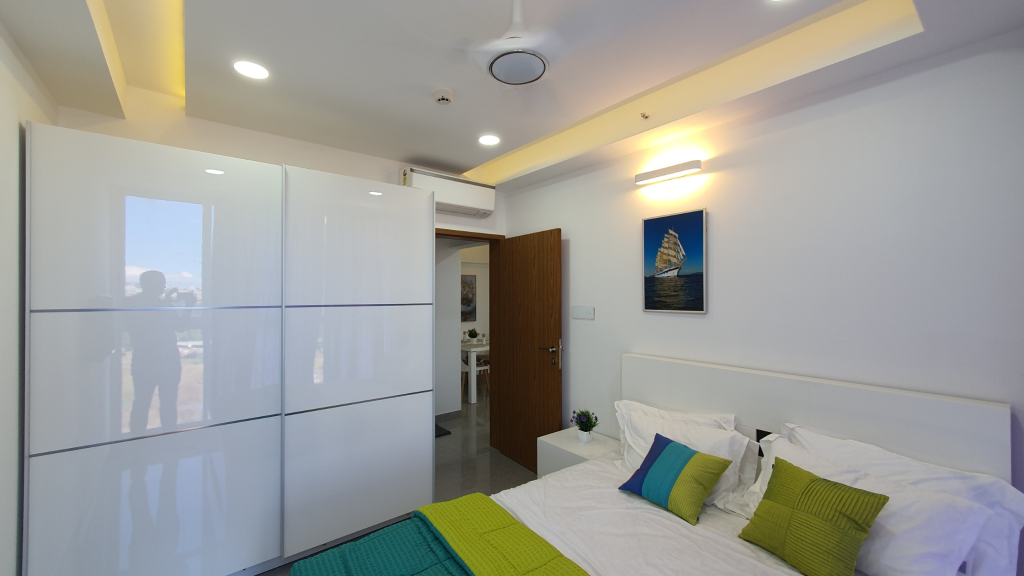
Today we have home automation in almost all the projects that we are offering. Vascon Forest Edge (Pune’s first Health-Tech Homes), Vascon GoodlIfe (Value Homes) to name a few.
What trends do you foresee in the use of building automation and smart technology in the next five years?
In the next five years, building automation and smart technology are expected to redefine living and working spaces, driven by advancements in IoT, AI, and sustainability priorities. Homes and commercial spaces are anticipated to feature interconnected devices, with AI-powered systems predicting user behavior, automating routines, and enhancing convenience. Energy-efficient technologies such as smart HVAC systems, automated lighting, and energy monitoring solutions are expected to focus on reducing consumption, aligning with the growing emphasis on sustainability and green building certifications.
Enhanced security features, including biometric access, AI-based surveillance, and remote monitoring, are likely to become standard, offering greater safety and peace of mind. Personalization is set to take center stage, with smart systems enabling users to tailor lighting, temperature, and entertainment settings to individual preferences. Additionally, voice-activated systems and remote management are expected to gain popularity, providing intuitive control of smart devices from anywhere. These trends are anticipated to make spaces more efficient, sustainable, and user-centric, meeting the evolving demands for comfort, convenience, and security in modern living and working environments.
Can you share a specific project where automation and smart technologies significantly improved the overall performance and sustainability?
A notable example of our project leveraging automation and smart technologies is Forest Edge, which integrates advanced solutions to enhance performance and sustainability. Key features include mobile automation controls for air conditioning, fans, and lights, allowing residents to optimize energy usage conveniently. The project incorporates electric car charging points, promoting eco-friendly transportation options, and a Wi-Fi-enabled complex for seamless connectivity. Security is prioritized with CCTV-equipped crèche facilities, ensuring peace of mind for families. Additionally, the Business Bay is equipped with video conferencing facilities. These smart technologies collectively improve energy efficiency, reduce the environmental footprint, and create a comfortable, secure, and future-ready living environment.
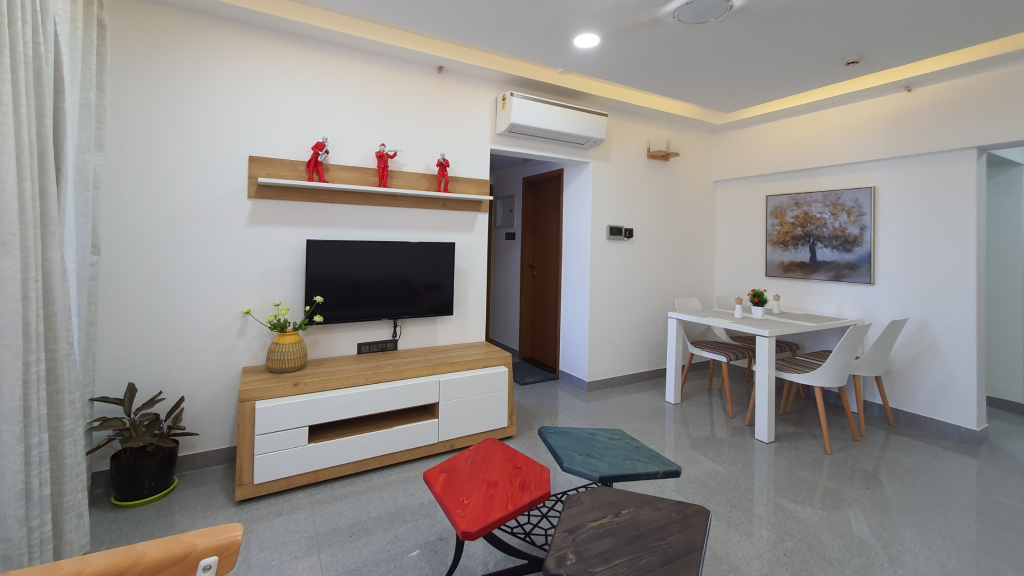
How does Vascon prioritize sustainability when designing and implementing automation systems?
Vascon prioritizes a holistic approach that maximizes benefits for owners and end users while minimizing environmental impact. Our designs emphasize resource conservation, incorporating systems for recycling and reuse, and utilizing locally sourced eco-friendly materials to reduce the carbon footprint. Energy efficiency is a key focus, with smart automation systems like HVAC, lighting, and renewable energy integrations ensuring reduced consumption. By embedding these sustainable practices, we create future-ready spaces that balance environmental responsibility with long-term value for occupants.
Lastly, what are your personal goals for integrating smart solutions into your future projects?
Technology is significantly impacting the construction industry, with new products entering the market almost daily. Therefore, it is crucial to carefully analyse these products to ensure their use improves efficiency and productivity, rather than adopting them merely for their novelty. The focus should be on products that deliver substantial benefits in terms of time, cost, and resource savings, ultimately adding value to the organization.



